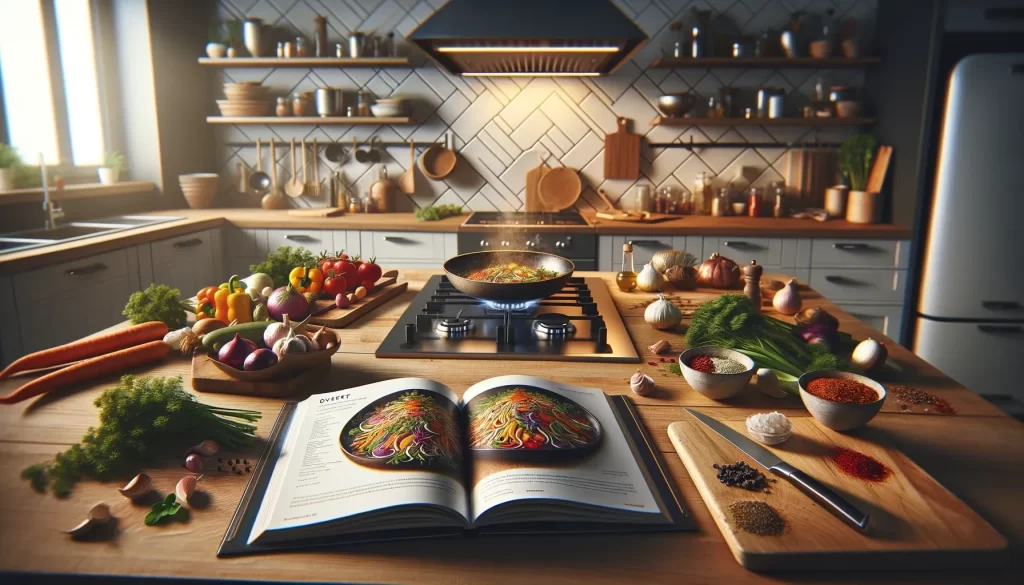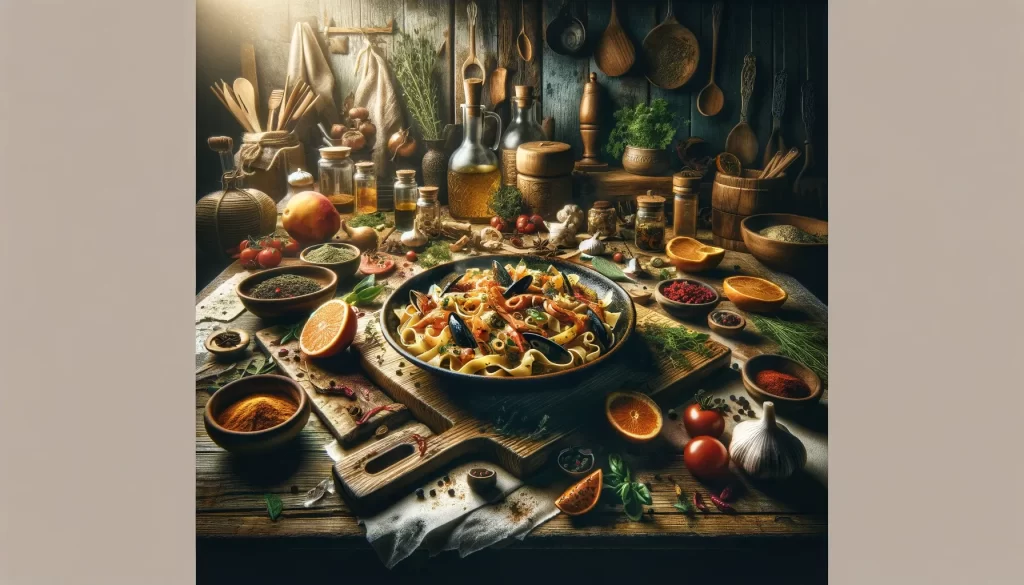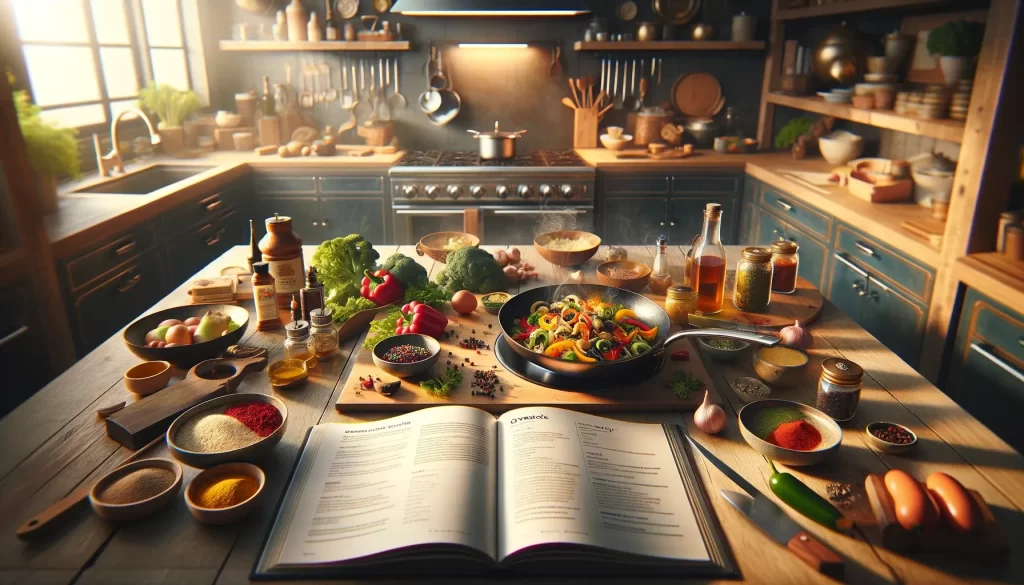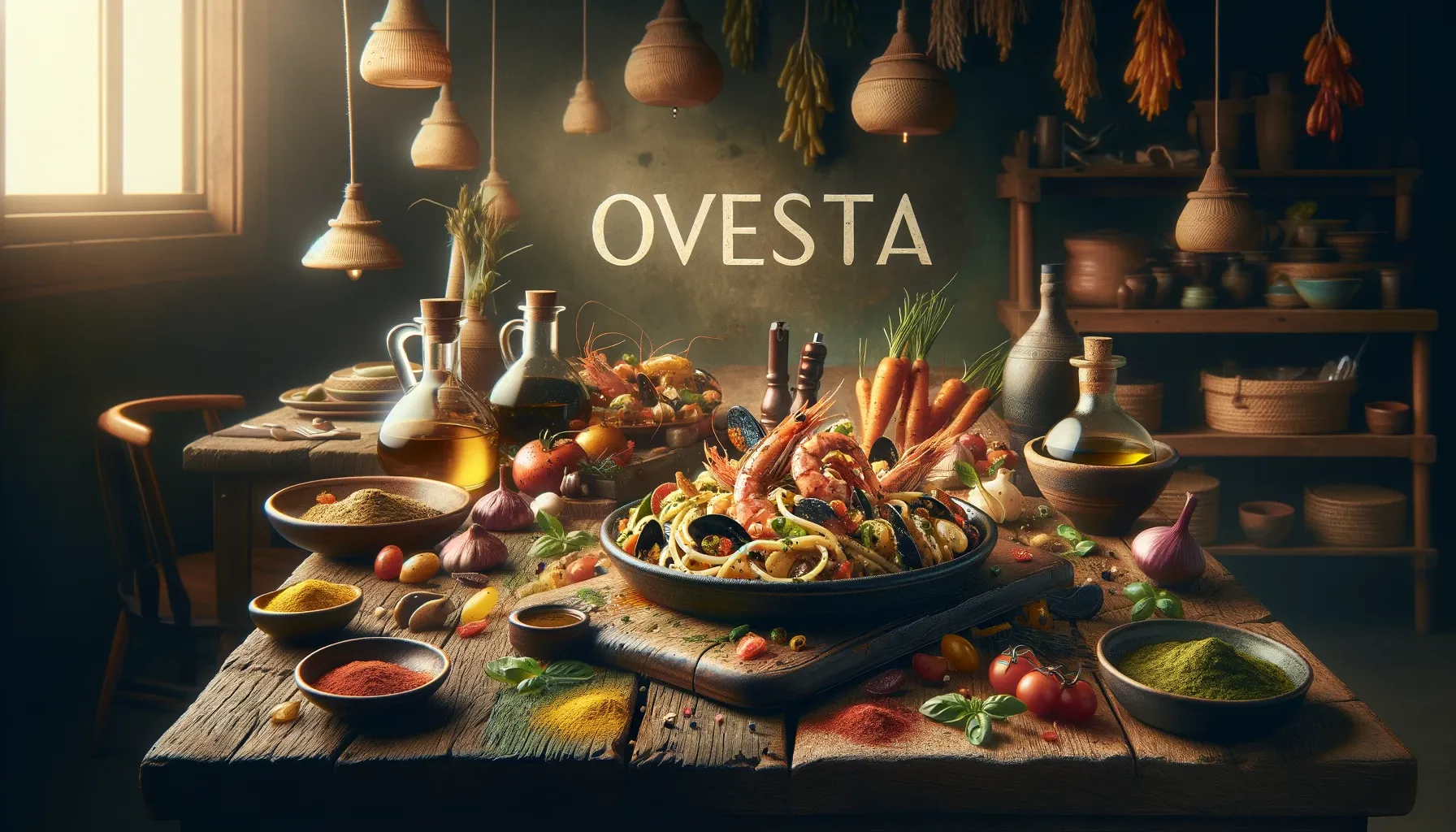Discover everything you need to know about the unique Scandinavian dish ovestæ. This informative guide dives into the history, ingredients, variations, and tips for making delicious ovestæ at home.
This comprehensive guide covers everything you need to know about the traditional Scandinavian baked dish ovestæ, including its history, key ingredients, different regional variations, and tips for making it.
Introduction
Ovestæ (pronounced oh-veh-stey) is a traditional baked dish that originated in the Scandinavian countries of Norway, Sweden, and Denmark. Consisting of layered potatoes, meat, and vegetables, it provides a hearty and comforting meal that is well-suited to the cold Scandinavian climate.
This one-pot dish has been popular in Scandinavian home cooking for generations, with many families having their own unique ovestæ recipes passed down. While ingredients and prep methods can vary, the basic concept of layering thin slices of potatoes, onion, carrot, and meat in a baking dish, adding broth or cream, and slowly baking it remains consistent.
The resulting ovestæ has a wonderful melding of flavors as the potatoes become perfectly tender and the juices from the meat seep throughout. It’s often served family-style right from the baking dish, making it a social and interactive meal.

Below we’ll explore the history of ovestæ, key ingredients, regional variations, and tips for preparing it at home. This guide will provide everything you need to know to make this beloved Scandinavian dish.
A Brief History of Ovestæ
Ovestæ Recpies has its origins in traditional Scandinavian cooking methods that were designed to make the most of locally available ingredients. Throughout the cold Scandinavian winters, root vegetables that could be stored like potatoes, carrots, and onions were staples.
Meat from animals like beef, lamb, or pork that had been slaughtered and preserved at the end of the harvest season were important protein sources. Combining these ingredients into a slowly baked dish allowed the flavors to mingle and the sometimes tough meats to become tender.
The name ovestæ comes from the Scandinavian words “own” meaning oven and “steik” meaning roast. So literally it translates to “oven roast.” Early versions would have been cooked over open hearths, but the concept remains the same.
Over the years, Scandinavian immigrants brought ovestæ to North America. It gained popularity across the Midwest where many Scandinavians settled. While traditional in concept, new world ingredients like beef and dairy became common. Today it remains a favorite dish in many Scandinavian families.
Traditional Ingredients in Ovestæ
Ovestæ is flexible and versatile when it comes to ingredients, but there are some traditional components that are typical:
Potatoes – Thinly sliced potatoes form the base and top layers. Potatoes with a high starch content, such as russet or Yukon gold, are most effective for the task.
Onions – Sliced yellow or white onions add flavor.
Carrots – Grated or thinly sliced carrots add sweetness.
Meat – Traditional meats include beef, pork, lamb or fish. Can be raw or pre-cooked.
Liquid – Meat or vegetable broth, milk or cream is used to add moisture.
Salt and Pepper – Seasonings are added to taste. Dill and nutmeg add Scandinavian flair.
Butter or oil – A small amount of fat enhances flavor and browning.
Breadcrumbs or crackers – Sometimes added on top for crunch.
Cheese – Grated cheese on top is a popular modern addition.

Regional Variations
While ovestæ is found throughout Scandinavia, ingredients and preparation can vary by country and region. Here are some of the key differences:
Norway – Lamb is popular, as is goat cheese on top. Dried berries are sometimes layered within.
Sweden – Pork and beef predominate. Cream is often used. An egg custard top is unique.
Denmark – Fish like cod or haddock is common. Rye breadcrumbs get sprinkled on before baking.
Midwestern United States – Settlers adapted with beef and dairy. Cheddar cheese is an addition.
Coastal – Salmon and white fish varieties are used in fishing communities.
Mountainous – Game meats like venison or elk may be used inland.
Northern – Reindeer, moose, and duck are found in sub-arctic areas.
Tips for Making Ovestæ at Home
Making a delicious ovestæ is easy to do at home with a little preparation:
- Use a deep baking dish so layers can form. Ceramic or oven-safe glass works well.
- Peel and slice potatoes very thin – about 1/8 inch – using a mandoline or food processor.
- Layer potatoes on the bottom and top for insulation and to prevent drying.
- Brown meats ahead of time for flavor. Use raw for a more tender texture.
- Sprinkle a pinch of salt and pepper between layers for seasoning throughout.
- Pour broth or cream evenly over layers to moisten and prevent sticking.
- Cover tightly with foil and bake at 350°F for 1-2 hours until fork tender.
- Uncover the last 15 minutes if you want a brown top layer. Sprinkle with cheese or breadcrumbs.
- Let rest 15 minutes before serving so the juices redistribute. Scoop out portions family-style.
- Add cranberry sauce, pickled beets, or lingonberry jam for tartness.
An amazing post to read about Escórpio

Frequently Asked Questions
Here are answers to some common questions about making ovestæ:
What kind of meat works best in ovestæ?
Should I pre-cook the meat before layering it?
What liquids can be used for the ovestæ sauce?
What kind of potatoes work best?
How long should I bake the ovestæ?
Conclusion
Ovestæ is the ultimate hearty, comforting winter meal with deep Scandinavian roots. This baked layered dish combines potatoes, meat, veggies and creamy richness into a simple one-pot meal. Part of the fun is layering your own favorite ingredients into the baking dish. While preparation methods vary across Scandinavia, the basic technique remains timeless. With a little practice you can master making this cherished family recipe and enjoy cozy dinners all winter long.

